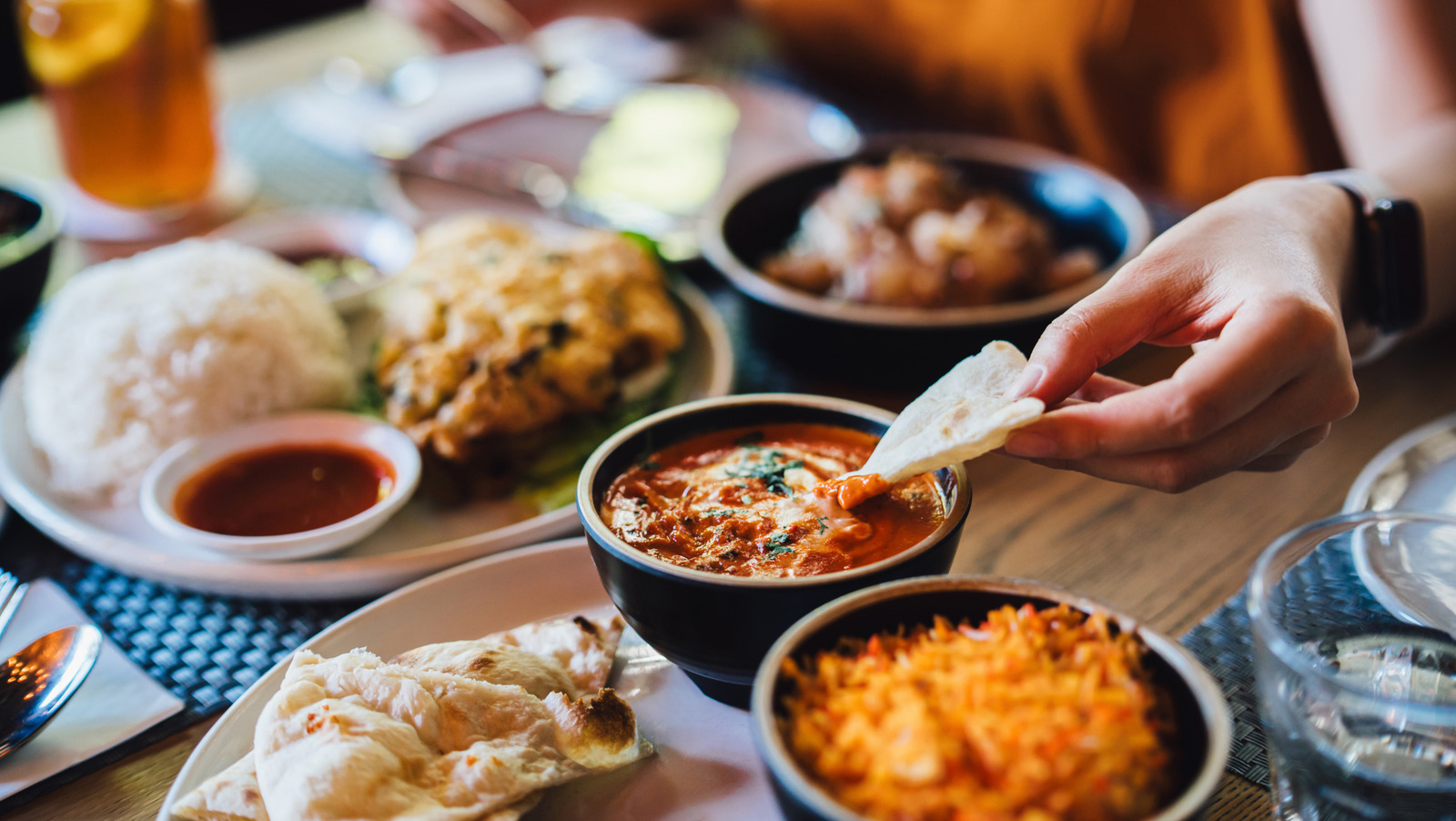
"You may know your paratha from your roti. You may have even mastered how to pronounce the trickier dishes on the menu, such as paneer lababdar. The modern gourmand knows that they have to steer clear of the major mistakes that people commonly make at Indian restaurants. But beyond the finer nuances of the menu, there is a world of unspoken rules of dining etiquette that govern every Indian meal."
"Using a fork and spoon to navigate your way through pani puri? Forget it. Not using your bread as a spoon to scoop curry? Amateur hour. Dreaming that you can steal the bill from under the host's nose and pay it yourself? Good luck with that. Eating food is an inherently intimate and sensorial experience in India, and it is best enjoyed by blurring the boundaries of conventional rules."
Indian meals combine multiple complementary items such as rice with curry or idli with sambar, encouraging the use of bread and hands to mix and scoop. Street snacks like pani puri are eaten without forks and spoons. Some Western dining norms such as avoiding tactile sharing are relaxed, making meals informal, communal, and sensory. Certain hospitality customs remain non-negotiable, including respectful payment rituals and gestures that signal deference. Dining practices balance joyful informality with ingrained codes of respect, shaping how food is served, shared, and consumed in Indian settings. Meals often involve multiple dishes and a culture of sharing that values sensory engagement over rigid manners.
Read at Tasting Table
Unable to calculate read time
Collection
[
|
...
]